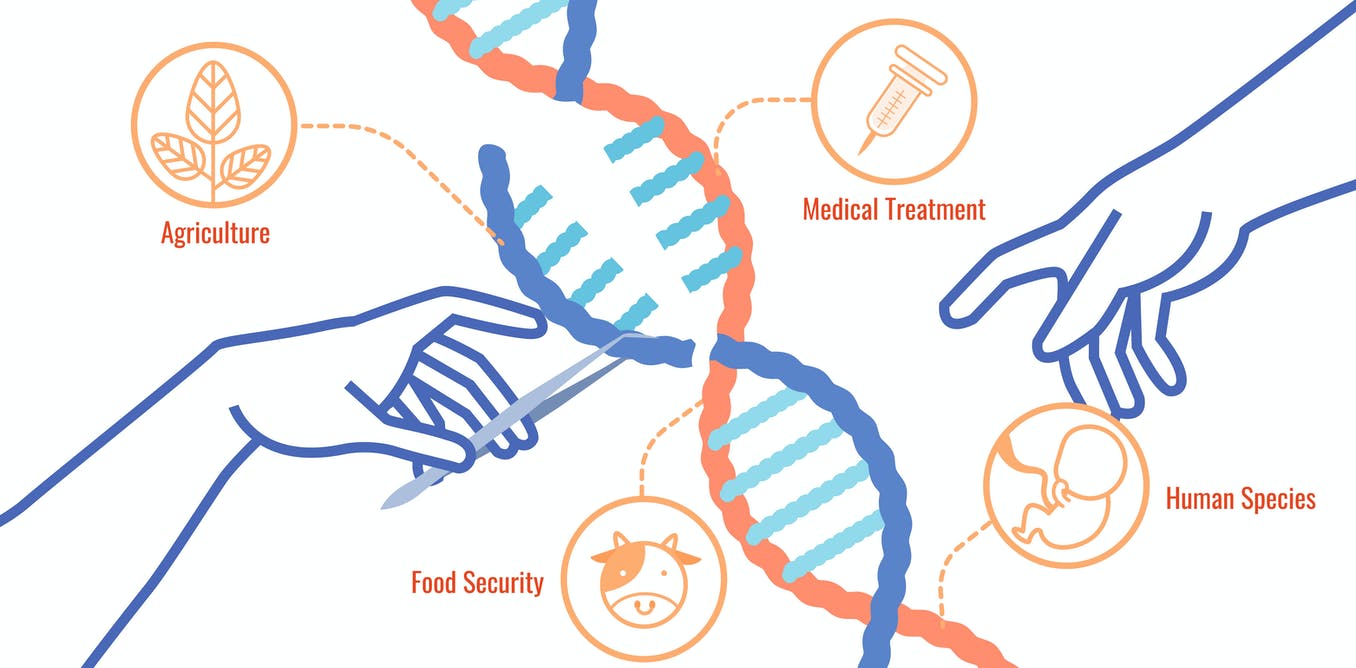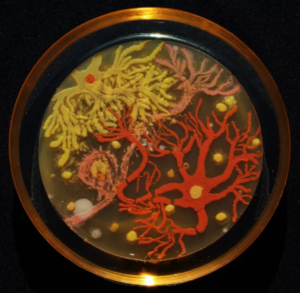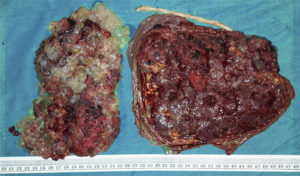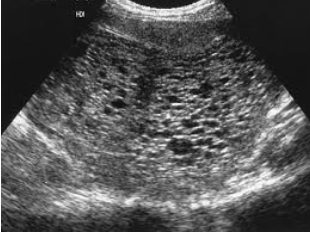
CRISPR
Marine biologists have used the DNA-editing tool CRISPR to genetically alter a squid for the first time. The achievement is a technical feat because cephalopod embryos have a protective outer layer that makes them tricky to work with. The team developed a pair of micro-scissors that cut a small hole big enough to accommodate a specially made needle. Once the
needle was inside, the scientists used CRISPR to snip out a gene linked to the squid’s skin, making the animal translucent.
Cephalopods have large brains, complex behaviours and neurons that directly control the changing patterns on their skin, making them a promising model organism for studying brain evolution and neural function.
Agar Art
All medicos are aware of what an agar plate is. But do you know of agar plate painting? Using appropriately selected bacteria and fungi, and culture media, it is possible to render art right onto the sterile culture plates

Ballooning your way through Hemodialysis
Renal Failure patients require a proper vascular access that provides rapid and easy blood removal
for dialyzing providing successful hemodialysis treatment, the former can either be an Arteriovenous
fistula (A-V fistula) or an A-V graft. An A-V Fistula is an abnormal bypass between a vein and artery
created by a surgical procedure or a non-invasive angioplasty (by a procedure called Percutaneous
“cutting” balloon angioplasty). The most common AVFs are the radio-cephalic fistula, the brachiocephalic fistula.
However, it has been observed that there is increased risk of re-stenosis or narrowing of this fistular
circuit causing what we call as “an hemodynamic access failure” where the blood to be filtered
cannot be easily accessed and thus impairing dialysis. So patients have to go back for a repeat
intervention procedure increasing the cost of treatment and causing severe patient discomfort
To combat this problem, drug coated balloons for Angioplasty are being assessed. The drug used is
anti-inflammatory Paclitaxel which prevents proliferation of the intimal cells and improving the
primary patency of the fistula and reducing need of a repeat angioplasty. However, the use of this
type of non-invasive procedure is still under trial.
If put into clinical use, it can dramatically improve the lives of End-stage renal disease patient
facilitating uninterrupted hemodilaysis.
" COVID-19 has had a terrible and tragic impact but it also has brought those things that we need to address in focus – public and professional awareness of what we do and what we can offer. The pandemic “was a massive change for us both as doctors as well as individuals in our personal lives...Humans survive by adapting and we are doing that now
—Dr. Sampurna Chowdhury (MBBS)
Clinical Case

An 18 year old female presented with amenorrhea for 7 weeks with a few episodes of spotting, abdominal pain and morning sickness. General examination was unremarkable except for mild pallor. Systemic examination revealed a distended abdomen corresponding to 24 weeks of gestation with a doughy feel and no fetal heart sounds. The initial blood work revealed anaemia and beta-hCG of 2,50,000 mIU/ml. An abdominopelvic USG revealed a snowstorm appearance. On the second day of admission she developed heavy vaginal bleeding with expulsion of grape like vesicles requiring emergent suction and evacuation after administration of oxytocin. Histological review confirmed a case of Complete Hydatidiform Mole. She was discharged and advised to follow up with serial beta-hCG at a weekly then monthly interval to screen for choriocarcinoma.

